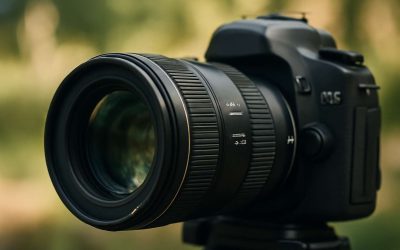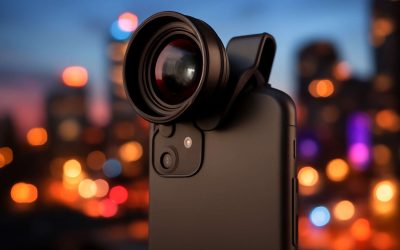
Nikon camera lenses are designed to provide the best optical performance possible for your DSLR camera. Many lens models feature advanced features, such as aspherical elements and special nano lens coatings that help reduce flare and ghosting, while others are optimized for a specific type of photography or filmmaking. For example, some lenses are ideal for portraits, while other lenses are designed to blur backgrounds to create a more pleasing bokeh.
There are also different types of nikon camera lenses, including macro and zoom lenses. Many of these lenses feature a teleconverter to double the lens’s focal length, allowing you to capture images that are much larger than your camera’s sensor can natively record. Other lenses are designed for use in low-light conditions or for close-up shots of small objects.
You can find a wide variety of nikon camera lenses on the market, with prices starting at less than $100 for many models. For more advanced photographers, there are professional-grade lenses that cost thousands of dollars. If you’re looking for a quality Nikon lens that is affordable, you can usually find a good deal on a used lens on eBay or another second-hand selling site.
Choosing the right nikon camera lenses for your DSLR camera will depend on the subjects you plan to photograph and how much you’re willing to spend on a lens. For example, a 50mm prime lens is a great choice for street or portrait photography because it provides a natural-looking perspective and excellent sharpness. It also produces a pleasing bokeh and is relatively compact and lightweight. The lens is available in both AF-S and non-AF-S versions to suit your budget.
The first thing to note when selecting a Nikon lens is the mount. Most Nikon camera lenses are compatible with either the F or Z mount, depending on the camera. Nikon’s F-mount cameras have been in production for decades, and many of the older lenses are still compatible with current models. The Z-mount is newer, and it’s used by Nikon’s mirrorless camera lineup.
You’ll also need to consider whether you want autofocus capability. Most current Nikon lenses are fully compatible with both autofocus and manual focus cameras, but there are exceptions. For example, if you have a Series E lens with a metal mount, it will not work on a modern AF camera without an adapter. In addition, some Series E lenses have plastic aperture rings, which were a crime when they were introduced but are standard on cheap AF-S Nikkors today.
Nikon’s alphabet soup
Nikon uses an alphabet soup of letter designations to indicate various lens features, with the most important letters being the AF and F. The AF designation indicates that the lens has autofocus capabilities, while the F designation means the lens is compatible with all current Nikon SLR camera bodies. Some lenses have a VR designation, which stands for vibration reduction, to help eliminate camera shake. Others have ED, which stands for extra-low dispersion glass, which helps minimize chromatic aberrations.



0 Comments